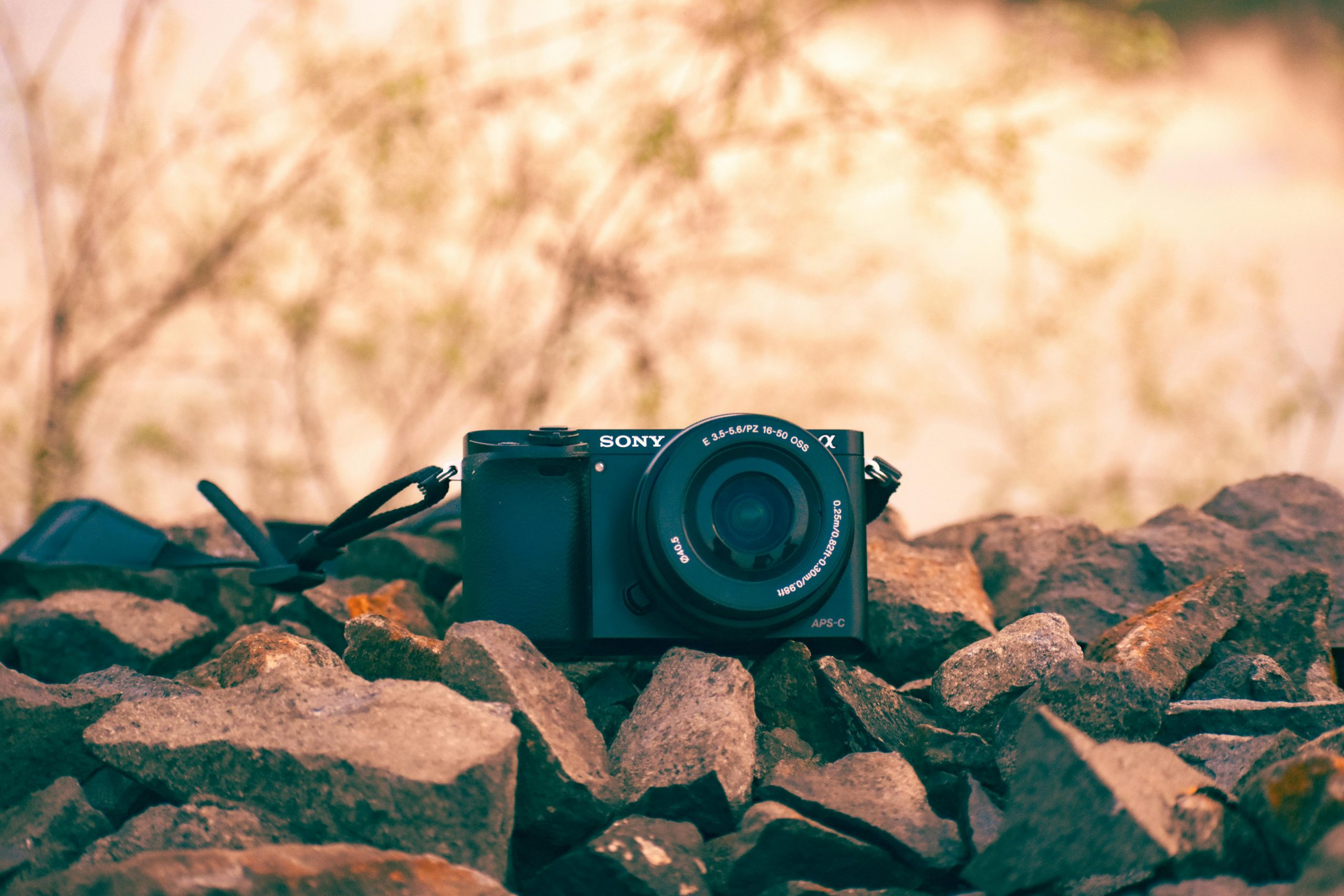The Evolution of Digital Cameras: From Film to Mirrorless Marvels
The evolution of digital cameras has been a fascinating journey, starting from the bulky, film-rolling cameras of the past to the sleek and advanced mirrorless cameras of today. The constant advancements in technology have reshaped the way we capture and preserve our memories, and it’s safe to say that the digital camera industry has come a long way. In this article, we will delve into the evolution of digital cameras, exploring the shift from film to mirrorless marvels and the impact it has had on the world of photography.
The Rise of Digital Cameras
The first digital camera was invented in 1975 by Steven Sasson, an engineer at Eastman Kodak. It weighed a whopping 8 pounds, and it took 23 seconds to capture a low-resolution black and white image. It wasn’t until the 1990s that digital cameras became commercially available and started gaining popularity among photography enthusiasts.
Previously, photography was an expensive and time-consuming hobby, with the need to develop and print film. The advent of digital cameras revolutionized the industry, making photography more accessible and convenient. The ability to instantly preview and delete photos, along with the endless storage capacity, made digital cameras a game-changer for photographers of all levels.
The Transition from Film to Digital
The End of Film Cameras
The digital revolution brought an end to the film camera era. As digital cameras started becoming more advanced and affordable, people started ditching their film cameras for the newer models. Film cameras required specialized film and chemicals for developing, whereas digital cameras offered the convenience of storing images digitally. The end of film cameras also meant the end of the darkroom and the complicated process of developing and printing photos.
The Rise of DSLRs
The early 2000s saw the rise of Digital Single-Lens Reflex (DSLR) cameras, which became the go-to choice for professional photographers. DSLRs provided superior image quality, interchangeable lenses, and manual controls, making them the perfect tool for capturing high-quality photos. These cameras combined the convenience of digital technology with the versatility and control of traditional film cameras, making them a highly sought-after choice.
The Advent of Mirrorless Cameras
The Benefits of Mirrorless Cameras
The past decade has seen a shift towards mirrorless cameras, which have become increasingly popular among photographers. Unlike DSLRs, which use a mirror and a pentaprism to reflect light into the viewfinder, mirrorless cameras have no mirror mechanism, hence the name. This results in a lighter and more compact design, without compromising on image quality.
Mirrorless cameras also offer features such as electronic viewfinders, in-camera image stabilization, and silent shooting, giving photographers more control and versatility. They also have a faster burst mode, making them a popular choice for sports and action photography. Additionally, the absence of a mirror mechanism means they produce less vibration, resulting in sharper images.
The Future of Digital Photography
The rise of mirrorless cameras has sparked a debate on whether they will eventually replace traditional DSLRs. While both have their own set of advantages, it’s undeniable that mirrorless cameras are gaining ground in the photography world. The advancements in technology have resulted in smaller, yet powerful cameras, providing photographers with more options and flexibility in their work.
With the increasing popularity of mirrorless cameras, we can expect to see continuous technological innovations and advancements in the future, providing photographers with even more tools to express their creativity. It’s an exciting time to be a photographer, with the digital camera industry constantly evolving and offering new possibilities.
Conclusion
The evolution of digital cameras has been a remarkable journey, from the hefty film cameras of the past to the sleek and advanced mirrorless cameras of today. The shift from film to digital has completely transformed the way we capture and preserve memories, making photography more accessible and convenient for everyone. With the ongoing advancements in technology, the future of digital photography is bound to be full of exciting possibilities.
Whether you’re a professional photographer or an amateur enthusiast, the evolution of digital cameras is a testament to the constant strive for innovation and improvement. Who knows what the future holds for the world of digital photography, but one thing is for sure – it will be nothing short of amazing.










